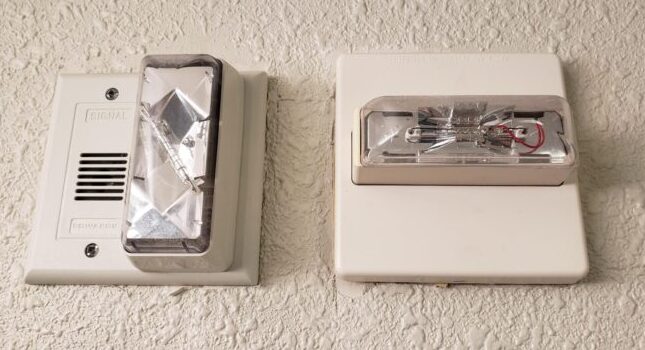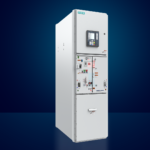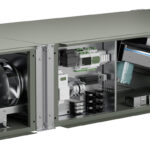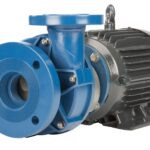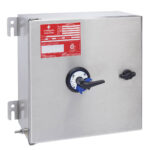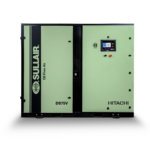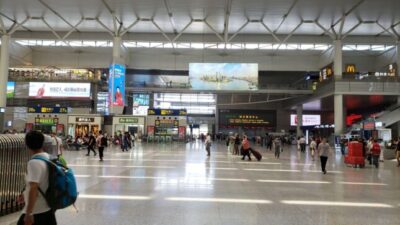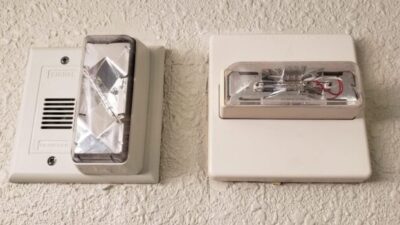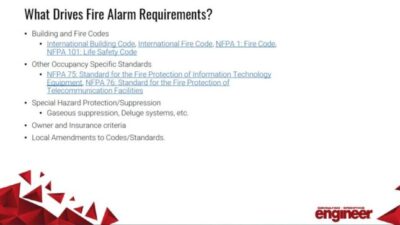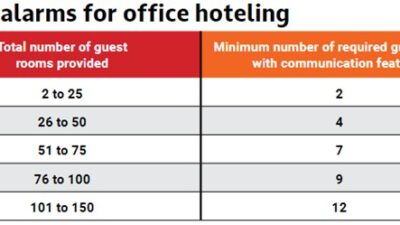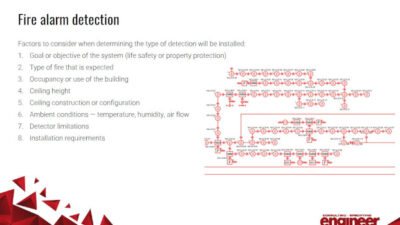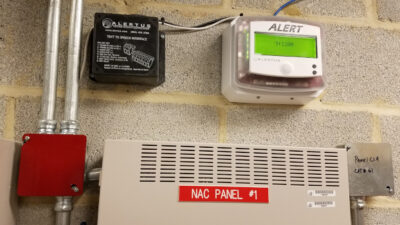MNS, ECS
Fire/life safety mass notification and emergency communications systems are specified for the safety of the building’s occupants in the event of a fire or other disaster. Fire and life safety systems need to be specified, installed, commissioned and maintained, depending on each building type and location. Codes and standards, including the International Fire Code and various NFPA standards, provide design and installation provisions for fire notification and communications systems in the event of a fire or other emergency event.
